In case of an allergic reaction, the human immune system reacts to external substances to which the body should not normally react violently. These reactions may cause symptoms such as itchy eyes, runny nose, rash or wheezing. Today, more and more people suffer from allergies, making it one of the most common chronic diseases. And, the more severe the allergic reaction, the more severely the quality of life is restricted. Every year there are thousands of people who, in order to avoid the allergens (the substances that cause an allergic reaction in them), have to impose considerable restrictions on themselves. In addition, there are diseases, such as asthma, which are exacerbated by an acquired allergy.

Allergy
Treatments
- All treatments
- Prescription medicines
- Non-prescription medicines
- Relevance
- Name A-Z
- Name Z-A
- Price low-high
- Price high-low

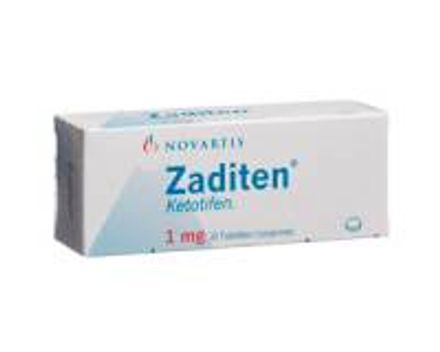
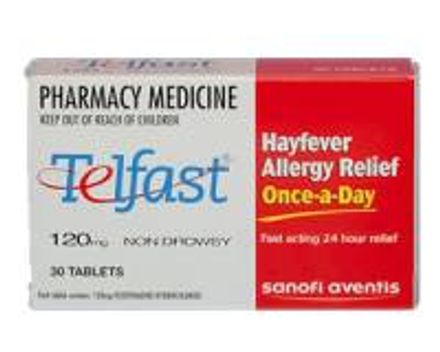
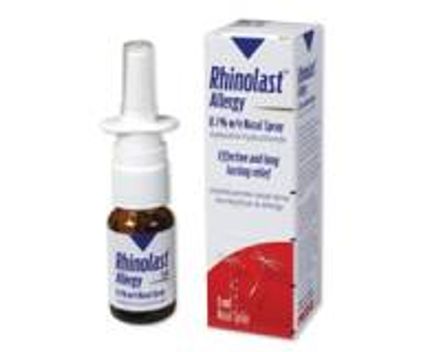
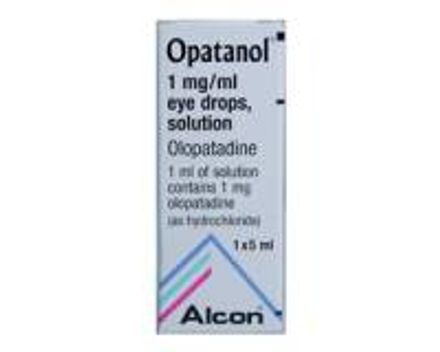

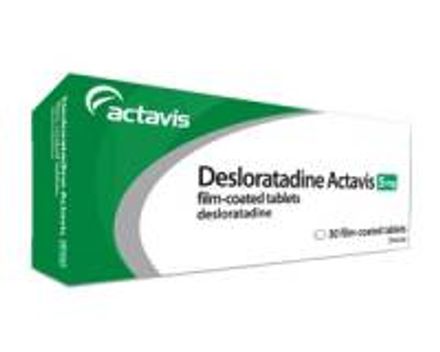

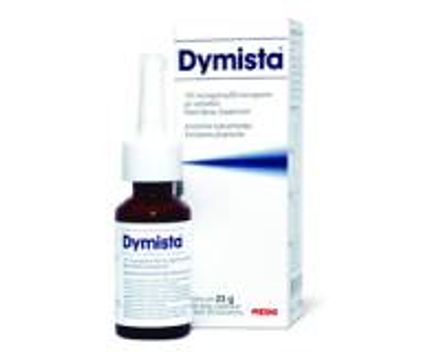



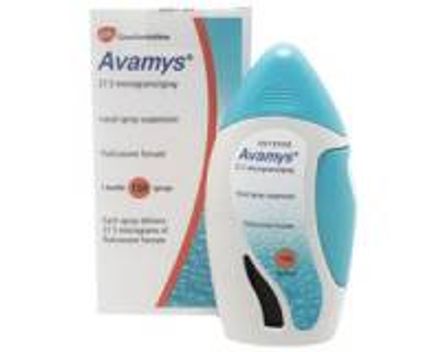
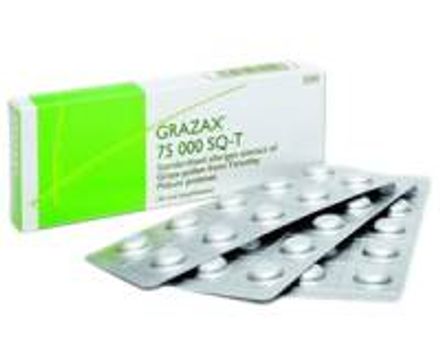
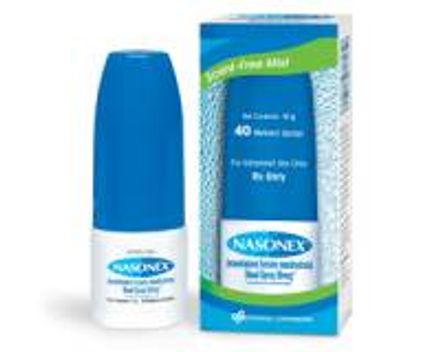
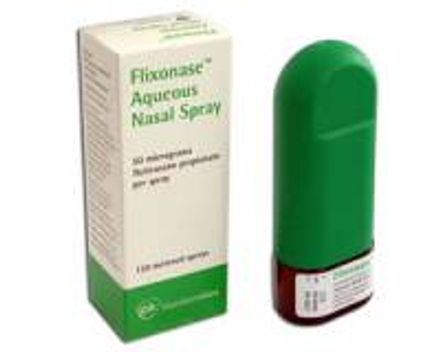
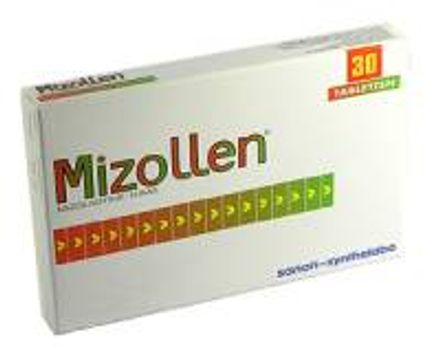
How does Dokteronline work?
At Dokteronline, you can get expert advice from doctors quickly, without the hassle of visiting your GP’s surgery. Take care of your health with reliable treatments and information from the comfort of your home.
Select your preferred treatment
The doctor will review your medical request
The pharmacy will ensure your medication is delivered to your doorstep
What is an allergy?
An allergy is a disturbance of the immune system, causing it to react to external substances to which the immune system normally does not react. The immune system mistakenly perceives these substances as a threat to the body. Common reactions are a runny nose, itchy eyes, skin rash or wheezing, but more severe reactions are also possible, such as a drop in blood pressure, shock or even a cardiac arrest.
What are the causes of an allergy?
At the moment, science does not yet know exactly what triggers an allergy. However, it is known that hereditary factors, hygiene and lifestyle play a role. In the case of hereditary factors, it is not the allergy to a certain allergen that is transmitted, but the predisposition to an allergy; the parent may be allergic to something completely different from the child, but the fact that the immune system reacts to an allergen is then genetically determined. The more family members who have an allergy, the more likely you are to have a predisposition to it. Studies have clearly shown a relationship between the number of family members with allergies and the likelihood of a child developing allergies. Environmental factors also play a role in getting an allergy. It is striking that allergies in children are found increasingly in developed countries, suggesting that there is a link between our modern lifestyle and the development of these allergies. With better hygiene and eating different things, they are probably missing a bit of training of the immune system. Children in start life with a blank immune system. Over the years, this system is built up or ‘trained’, ie their body learns which bacteria can be dangerous and which are harmless or even beneficial.
As mentioned before, not much is known about this subject. The fact is that there are more people with allergies in the western world than in developing countries, more in cities than in the countryside, and more in societies where more processed foods are eaten than in societies where more natural and fresher ingredients are used.
What forms of allergies are there?
There are many types of allergies. Below are the most common ones:
- Hay fever: an allergic reaction occurs as a result of inhaling pollen grains or pollen from trees, grasses or herbaceous plants. It is estimated that about 10 to 20% of the people in Western countries suffer from this.
- House dust mite allergy: house dust mite is a tiny animal that lives off skin flakes and fungi. It lives mainly in our beds. People allergic to dust mites react allergically to the faeces of dust mites.
- Allergic asthma: the difference between allergic asthma and 'normal' asthma is that allergic asthma is hypersensitive to pollen, house dust mites, food or insect bites and the like, while 'normal' asthma can also be hypersensitive to cigarette smoke, exertion or weather changes.
- Pets allergy: this is another inhalation allergy. The allergens are not usually thought to be the hair, but skin flakes, urine, saliva and, for example, bird droppings.
- Contact allergy: this may involve all kinds of substances that come into contact with your skin. Examples include: latex, nickel, chrome, fragrances, preservatives in cosmetics, adhesives, plants, chemicals in hair dye and permanent-wave liquids (hairdressing dermatitis) and leather clothing. Symptoms of contact allergy (eczema, bumps) can occur immediately or be delayed, ie within a period of three days. This allergy can also occur suddenly after having used something for years without any problems.
- Food allergy: 90% of all food allergies are directed against the proteins in cow's milk, soybeans, peanuts, nuts, fish, crustaceans and eggs (source: JAMA, 2008). In addition, certain fruits and vegetables (spinach, celery, chervil, cherries, apricots, peaches, apples, pears, strawberries) may also be included. A food allergy is often confused with food intolerance. The symptoms seem the same, but while an allergy is a reaction of the immune system, an intolerance is usually about intestinal problems; the food cannot be digested.
- Insect venom allergy: this is potentially a serious allergy, e.g. bee stings, wasp stings. You may get red bumps all over the body, but lips, eyes and neck may also swell, causing breathing difficulties. An anaphylactic shock (decreasing blood pressure and cardiac dysrhythmia) may also occur.
- Sun allergy: in case of a sun allergy it is important not to be exposed to the sun for a long period of time. Sometimes a few minutes is enough for the skin to start iching or develop bumps. This allergy occurs mainly in women. Some medications or cosmetics can suddenly make you hypersensitive to sunlight, even though it was never a problem before.
- Medication allergy: certain medications, such as penicillin, antibiotics and certain hormones, can trigger an allergic reaction. Penicillin, in particular, is a well-known example of this.
How can you recognise an allergy?
Most allergic reactions occur very quickly after contact with the allergens. The symptoms are very diverse and often multiple diagnoses are possible. You can exclude possible allergens by temporarily avoiding them and seeing whether the symptoms become less or even disappear. Patch tests are possible to find out which substances you are allergic to in case of contact allergies. The substance you suspect will be stuck on your skin for one or a few days.
Is there anything I can do myself about allergies?
For most allergies, avoiding contact with the allergen is the best solution, but there are other options, such as tablets, nasal sprays and eye drops for hay fever and pet allergy. In addition you can make changes to your lifestyle and living environment.
What are the forms of treatment?
Doctor's advice
- Usually, in the case of allergic rhinitis (an allergic reaction due to inhalation), a doctor will initially discuss a non-medicinal policy, in particular to avoid the stimuli that provoke the allergic reaction. This is an integral and effective part of the treatment. The use of dust-repellent mattress covers is not effective on its own; it is necessary to introduce a combination of allergen-avoiding measures.
- Now medicine therapy can be discussed. Depending on the severity of the symptoms, and possible pregnancy or breastfeeding, a non-sedating antihistamine, in pill form or as a nasal spray, or a corticosteroid in the form of a nasal spray can be chosen.
- The third step is to discuss the effect of the medication and, if necessary, to adjust it, due to side effects or insufficient effect. In this phase it is also possible to combine a spray with both types of agents to increase ease of use.
- If the medication does work, or if the allergy seriously affects the quality of life, allergen-specific immunotherapy may also be considered. Hypersensitivity to certain substances is reduced by active immunisation. This treatment is carried out in two phases, an adjustment phase and a maintenance phase, and the total treatment duration is 3-5 years.
It is necessary to carry out immunotherapy in consultation with and under the supervision of a doctor because of the possible side effects and contraindications. In addition, immunotherapy reduces the symptoms of allergy, but does not make them disappear.
Medication
Tablets, nasal sprays and eye drops from various brands are available on the market against most symptoms of allergies. With allergic asthma, you may be prescribed medication to relax the muscles around your respiratory tract, eliminating your tightness and shortness of breath. Usually these medications can be inhaled, and already work in low doses which means there are few side effects.
In case of a severe allergic reaction to insect stings, the doctor may administer adrenaline using an adrenaline autoinjector. People with such an allergy often also get an adrenaline autoinjector for use in emergency situations. In case of contact allergies, ointments containing corticosteroids are often prescribed. In the event of allergies to medicines, the only option is to stop using that medicine.
Alternative treatments
Some alternative treatments are possible:
- Homeopathic remedies can help combat hay fever. A homeopathic doctor can help you with this.
- Sometimes light therapy can help. The nasal mucosa is treated with a special red light which should reduce the allergic reactions.
- In case of contact allergy, light therapy can also help. This is because sunlight, specifically the ultraviolet part, suppresses the skin's own defences, thus reducing eczema. Medical science has developed light therapy for this purpose, also called phototherapy. With light therapy, the skin can be exposed to a very specific dose of ultraviolet light.
- A sun allergy does not necessarily have to be treated, but you can prevent it by getting your skin used to sunlight and using a good sunscreen. Light therapy with special light can also help the skin to get used to sunlight.
Lifestyle changes
Contact with pollen is unavoidable, but you can keep windows and doors closed as much as possible and spend as little time outdoors as possible during the pollen season.
If you are allergic to house dust mites, you can take the following measures: air the bedding regularly, vacuum the mattress at least once a week and do not make the bed immediately after getting up. In addition, it is better to choose synthetic products, replace carpet with parquet or vinyl and vacuum often. Finally, ensure good ventilation in the shower and kitchen. House dust mites love a warm, humid environment. In the case of a pet allergy, unfortunately, it is by far the best solution to get the pet out of the house and also to avoid contact with the animal species. Many vacuum cleaners, e.g. with special pet vacuum cleaners, can be sufficient for mild allergies.
With food allergies, the best advice is to avoid the food, but that is easier said than done. The proteins of these foods can be used in many products, even without it being clearly indicated on the packaging. And it is these proteins that cause the problems. By cooking the product, you also destroy most of the allergens. Of course, this is not an option for the risk of serious allergic reactions, such as anaphylactic shock. Contact allergies can arise suddenly after years of trouble-free use, and symptoms can occur either immediately or with delay. Once you know which substance causes the allergy, it is best to avoid it. Allergic asthma is subject to the same lifestyle changes as pollen, pet and house dust mite allergies: vacuum clean many times, do not use fabric coverings or carpets, and use anti-allergic bedding. In addition, avoiding people who smoke will also alleviate your symptoms.
References
Allergology Laboratory Copenhagen (z.j.), All about allergy, consulted on 25 April 2019, at https://allesoverallergie.nl/algemeen
Gezondheidsplein (2016), How do you get an allergy?, consulted on 25 April 2019, at https://www.gezondheidsplein.nl/dossiers/allergieen/hoe-krijg-je-een-allergie/item42732
Dutch Care Institute (z.j.) Allergic rhinitis, consulted on 25 April 2019, at https://www.farmacotherapeutischkompas.nl/bladeren/indicatieteksten/allergische_rinitis
Dutch Care Institute (z.j.) allergen extract grass pollen (parenteral), consulted on 25 April 2019, at https://www.farmacotherapeutischkompas.nl/bladeren/preparaatteksten/a/allergeenextract_graspollen__parenteraal_
Vereniging voor Mensen met Constitutioneel Eczeem (2018), light therapy, consulted on 26 April 2019, at https://www.vmce.nl/eczeem/behandeling/lichttherapie.html